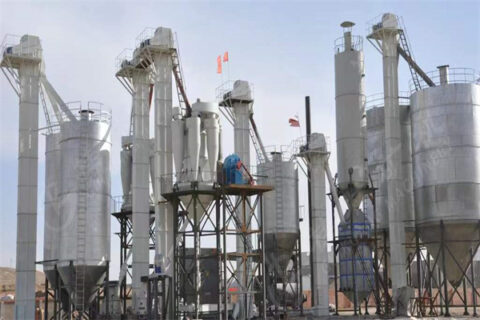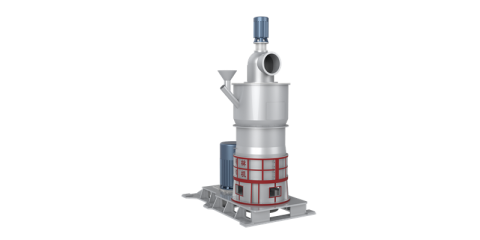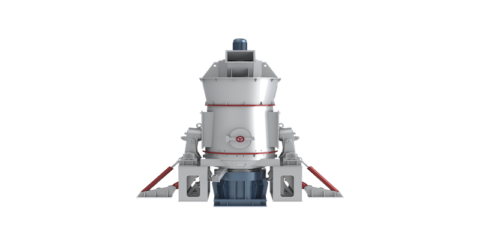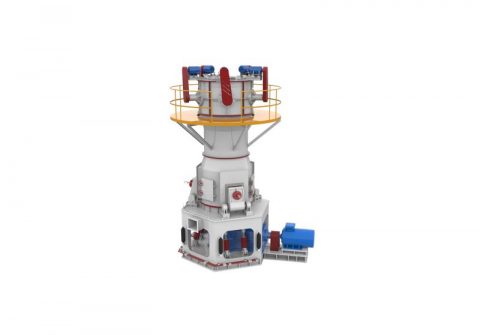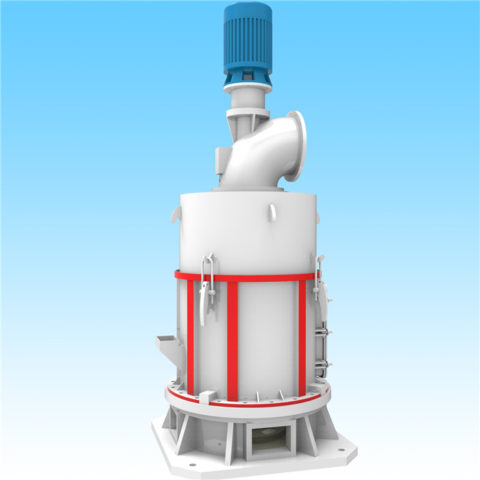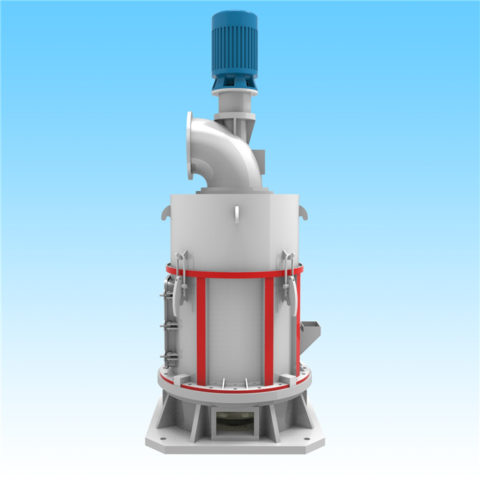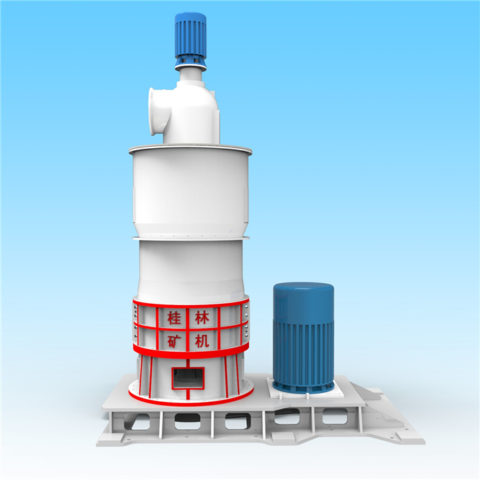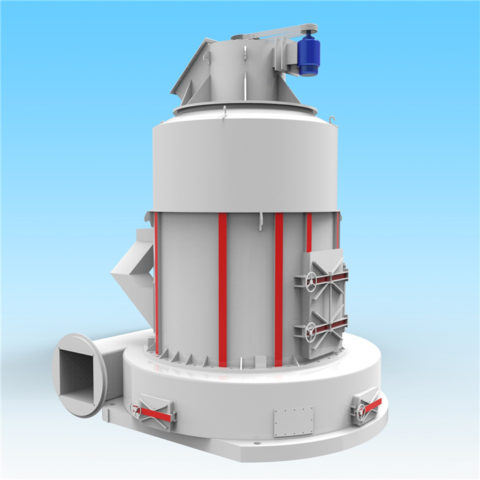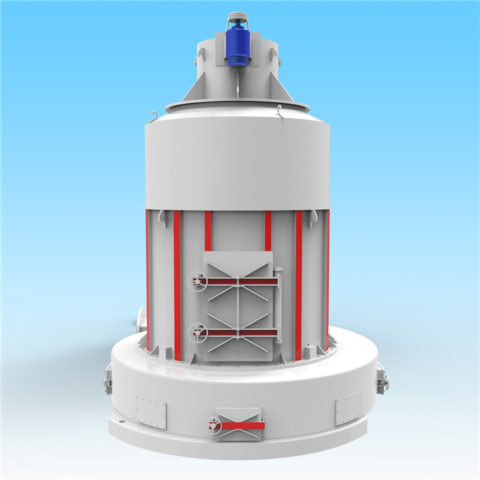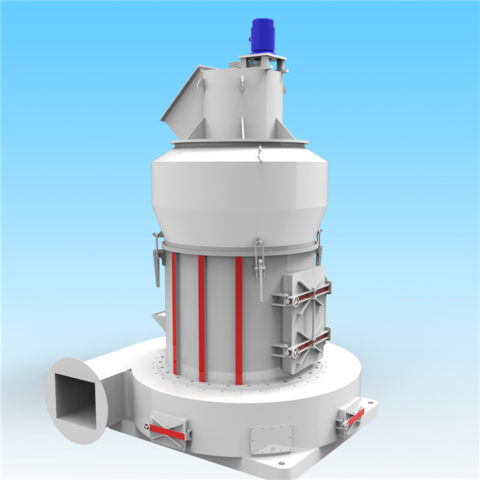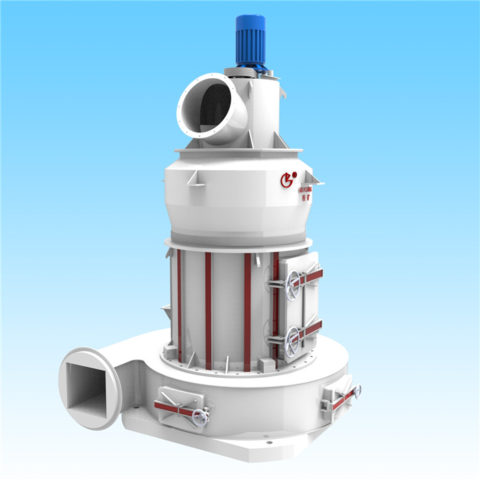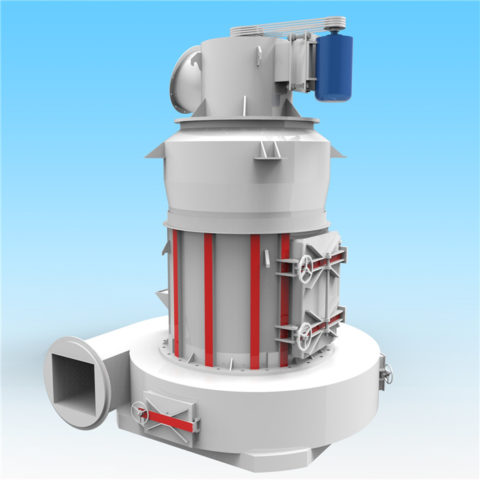Selecting the right grinder mill for your operation requires the serious consideration of a variety of factors, far beyond “what do I want to grinder mill?” and “How fine do I want it?”
A starter list of questions would include:
•Do you need lab grinder mills or production sized mills?
•Do you need to perform wet or dry milling?
•Do you need to perform batch, continuous or circulation grinder?
•How difficult is your material to grind?
•What type of grinder media are you able to use?
•What is the starting particle size of your material?
•Are there specific properties that must be maintained or created?
•Do you need a metal-free grinder environment?
As far as the actual equipment itself, consider asking potential vendors these questions to learn more about their various grinder mills:
•How is the grinder media discharged?
•What spare parts are required?
•What are the maintenance requirements?
•Is a mechanical seal required? If so, how easy is it to replace?
•How easy is it to customize the mill?
•What is normal delivery time?
•What does the control package include?
Second, knowing what are the critical chemical and physical requirements for the end material that one is trying to achieve is essential in selecting the correct level of grinder. A sharp particle size distribution may be important, but in many other situations, other requirements are more important, such as:
•Surface Area
•Aspect Ratio
•Compactability
•Particle Shape
•Dispersion Stability
•Opacity
•Flowability
•Tap Density
•Levels of Contamination

